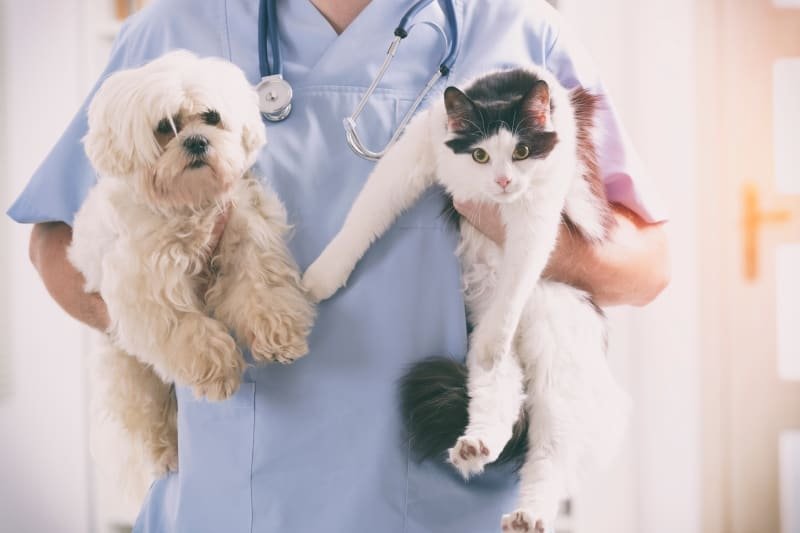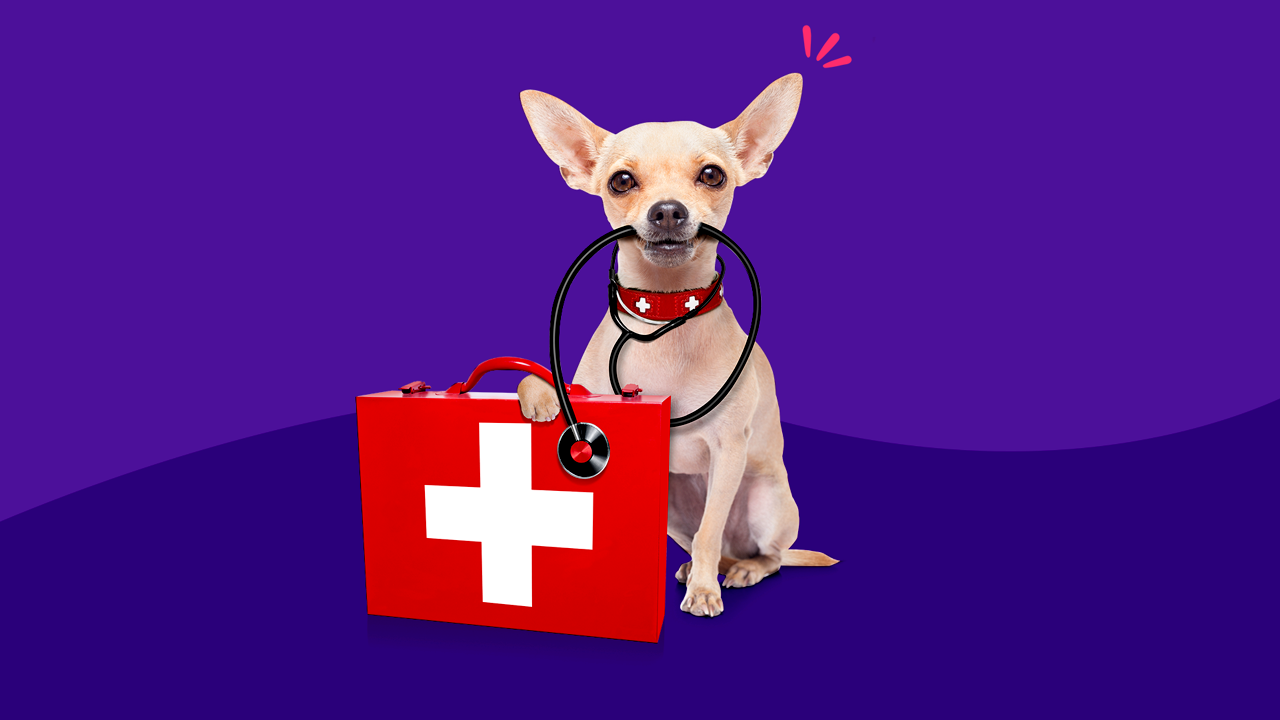Pets are beloved members of our families, and their well-being is paramount. Just as we prepare for emergencies concerning ourselves and our loved ones, it’s equally important to be ready to handle unexpected situations involving our furry friends. In this article, we’ll discuss the essential aspects of emergency preparedness for pets, including common emergencies, first aid for pets, creating a first aid kit, and preventative measures.
Read More: Pet Emergency Preparedness: Ensuring Your Furry Friend Safety
Contents
Common Pet Emergencies

Accidental Ingestion
Accidental ingestion of toxic substances is a common emergency for pets. Items such as medications, household chemicals, and certain foods can be harmful or even fatal to animals if ingested.
Heatstroke
Pets, especially dogs, are susceptible to heatstroke, particularly during hot summer months. Heatstroke can occur if they are left in a hot car, exposed to extreme temperatures, or overexerted in hot weather.
Injuries
Pets can sustain injuries from accidents, falls, or altercations with other animals. These injuries may range from minor cuts and bruises to more severe wounds requiring immediate attention.
Creating a Pet First Aid Kit
It’s essential to have a well-stocked first aid kit for your pet, which should include:
- Adhesive bandages
- Sterile gauze pads
- Antiseptic wipes
- Scissors
- Tweezers
- Hydrogen peroxide
- Disposable gloves
- Rectal thermometer
- Muzzle (for dogs)
- Pet carrier or stretcher
Store the first aid kit in a readily accessible location, such as a designated cabinet or drawer, and ensure all family members know its whereabouts.
First Aid for Pets

If you suspect your pet has ingested something toxic, look out for symptoms such as vomiting, diarrhea, lethargy, seizures, or difficulty breathing. Immediately contact your veterinarian or a pet poison hotline for guidance. Refrain from inducing vomiting unless instructed by a professional.
Dealing with Heatstroke
Signs of heatstroke in pets include excessive panting, drooling, rapid heart rate, and weakness. Move your pet to a cool, shaded area, offer water to drink, and apply cool water or wet towels to their body. Seek veterinary assistance promptly.
First Aid for Injuries
Assess the injury carefully, keeping yourself and your pet safe from harm. Apply pressure to stop bleeding, clean the wound with an antiseptic solution, and bandage it securely. Seek veterinary care for serious injuries.
CPR and Rescue Breathing for Pets
Learn how to perform CPR and rescue breathing on pets by attending a certified pet first aid training course. These skills can be life-saving in emergencies such as cardiac arrest or respiratory failure.
Transporting Injured Pets
When transporting an injured pet, use a secure carrier or stretcher to prevent further injury. Keep them calm and stable during transport and drive safely to the nearest veterinary clinic.
Preventing Emergencies
Take proactive measures to pet-proof your home by keeping hazardous items out of reach, securing garbage cans, and closing off potentially dangerous areas. Schedule regular check-ups with your veterinarian to monitor your pet’s health and address any concerns promptly.
Training and Certification
Consider enrolling in a pet first aid training course to learn essential skills and techniques for handling emergencies. Being prepared in advance can make a significant difference in your pet’s outcome during a crisis.
Emergency Contact Information
Keep a list of emergency contact numbers, including your veterinarian, the nearest emergency veterinary clinic, and a pet poison helpline. Store this information in your phone and keep a hard copy in your first aid kit.
Stay Calm and Comforting Your Pet
During emergencies, it’s crucial to remain calm and composed to provide the best care for your pet. Speak to them in a soothing voice, offer comfort and reassurance, and prioritize their well-being above all else.
Preparing for Natural Disasters

In addition to everyday emergencies, it’s essential to prepare for natural disasters such as hurricanes, earthquakes, or wildfires. Have an evacuation plan in place for your pets, including packing essential supplies and identifying pet-friendly shelters in your area.
Read More: Pet First Aid: Providing Basic Medical Care in Emergency Situations
FAQs
- How can I tell if my pet is experiencing a medical emergency? Look out for symptoms such as difficulty breathing, severe bleeding, sudden weakness or collapse, seizures, or signs of poisoning.
- Is it safe to administer human first aid products to pets? No, it’s not recommended to use human medications or first aid products on pets without veterinary guidance, as they can be harmful.
- What should I do if my pet is injured but the veterinary clinic is closed? Contact the nearest emergency veterinary clinic or an after-hours pet clinic for assistance.
- Are there specific first-aid techniques for different types of pets? Yes, while basic first aid principles apply to all pets, there may be slight variations in techniques depending on the species and breed.
- How often should I update my pet’s first aid kit? Regularly check and replace expired items in your pet’s first aid kit, ideally every 6 to 12 months.
The Final Words
Emergency preparedness for pets is a responsibility that pet owners should take seriously. By being proactive, creating a pet first aid kit, learning essential first aid skills, and staying informed about potential hazards, you can ensure the safety and well-being of your furry companions in times of need.




















